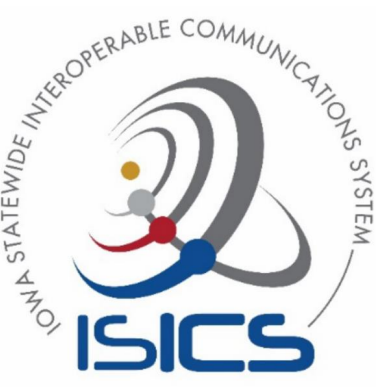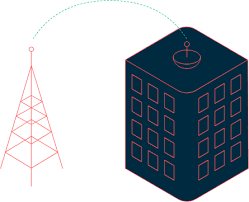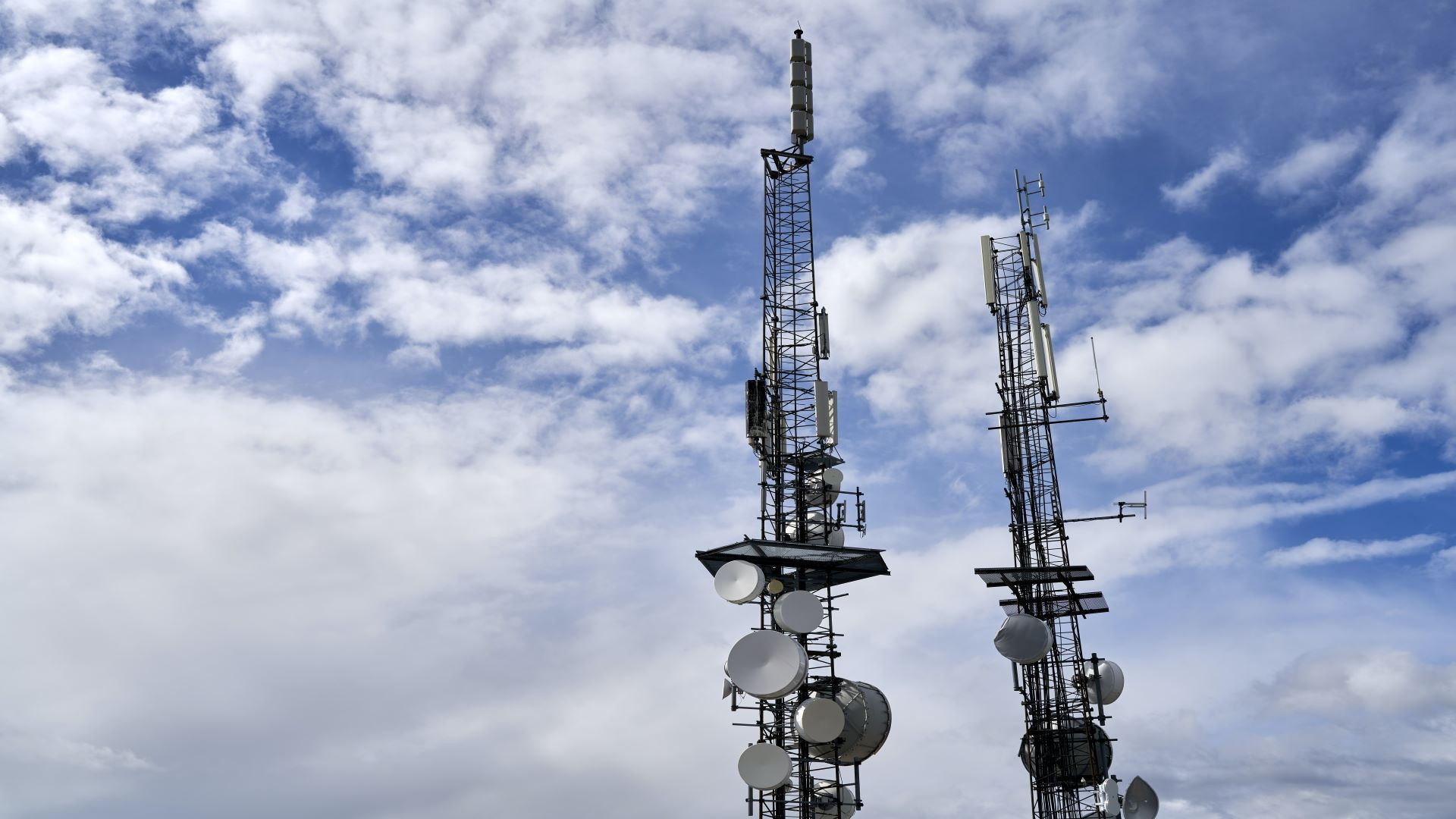Request a
Quote
Six Killed in Iowa Tornadoes
Four devastating tornadoes struck near Des Moines, IA on Saturday, March 5, 2022. Six people were killed near Winterset, IA when a 69.5-mile-long tornado touched down, the second-longest tornado in Iowa since 1980 according to the Des Moines Register. This deadly outbreak came after 63 tornadoes struck on Dec. 15, 2021, a record for any day in recorded Iowa history.
First Responders – Real Heroes
First Responders from State and Local Government public safety agencies provided well-coordinated aid to communities struck the hardest. Diogenes Ayala, Madison County Emergency Management Director, praised the "heroism of first responders in Saturday's deadly tornadoes.”
ISICS Communications System Worked as Designed
The Iowa Statewide Interoperable Communications System (ISICS) provided a reliable communications platform for First Responders to coordinate their response and provide emergency services. “I can report that we did not have any outages during or after the tornadoes. All resiliencies and redundant back-ups worked as designed,” said Chris Maiers, Statewide Interoperability Coordinator, Interoperability Communications Bureau, Iowa Department of Public Safety. The Iowa team has been working for about 17 years to upgrade their communications system to prepare for such events.
Iowa Statewide Interoperable Communications System (ISICS)
In April 2021 the State of Iowa officially accepted their new statewide Project 25 (P25) network linking hundreds of public safety and public service agencies, schools and even some utilities across the state, according to the Iowa Statewide Interoperable Communications Systems Board.
For more information see: https://isicsb.iowa.gov/services/isics-radio-platform, or contact ISICSB, 215 East 7th Street, Suite 450, Des Moines, IA 50319, (515)725-6234.
The Iowa Statewide Interoperable Communications System (ISICS) brings greater than 95% mobile coverage across the state with a significant amount of portable coverage as well. This represents a new era of advanced communications technology for the state with reliable interoperable communications for all member agencies that utilize the 700/800 MHz band and P25 Phase 2 Technology Standard.
ISICS System Metrics
- Approximately 27,500 users
- Hundreds of unique agencies
- Project 25 Phase 2, 700/800 MHz, trunked system
- Approximately 140 sites across the state
- A minimum of 95% mobile coverage over the state geographic area.
- Shared interoperability talk-groups - P25 Phase 1 & Phase 2
- Local day to day operation talk-groups - P25 Phase2 only.
Creation & Build-Out of a Modern Public Safety Communications System
Iowa Public Safety Stakeholders presented a report to Governor Vilsack in 2004 that established the need for a state-wide radio system to promote interoperability.
Then the project really got rolling:
2007 - Initial feasibility study, RFI followed by an RFP
2015 - Contract signed
2017-2019 - Standards and policies developed for the platform during buildout
2020 - Buildout complete
2020 - Status Board situational awareness site for dispatchers rolled out
2021- Final system acceptance in April 2021
When asked how long should organizations plan for a similar project from start-to-finish? Mr. Maiers replied “Large and complex projects take a long time. I don’t believe there is a definitive time you can anticipate for something like this.”
“It took a lot of really good work from a lot of really good people.”
Q&A With the ISICS Team
About Building Consensus
Q - How did you build consensus among the various local jurisdictions?
A - “This is still an on-going effort, and I don’t think it will ever stop. Shared systems need “perpetual avenues for stakeholder feedback and engagement.”
Q- Were they able to participate in the system design phase and offer their needs and requirements?
A - “The local agency representatives were able to participate in our DDR along with all aspects of governance.”
Q - Did you have a vetting process to resolve differences in needs and priorities? Who made the final determination? A design committee or something like that?
A - “Home rule is key and we wanted to make sure the concerns of local jurisdictions were taken into consideration.”
Q - This must have entailed hundreds of local meetings for Q&A and discussion. Did you have a special team to accomplish that communication?
A - “We had to do a lot of outreach.”
About Lessons Learned
Q - I was intrigued by the concept of “Beneficial Use,” and your viewpoint as one of the most important things you did.
A - “Beneficial use allowed us to utilize the system as it was being built without affecting the warranty clock. This of course comes with operational caveats. We paid extra for it, but it was worth it.”
Q - Why did you think it important?
A - “It allowed us to utilize the system for some significant events such as the National Governor’s Association Conference, Iowa State Fair, RAGBRAI, updating of some legacy systems such as the Health Alert Network, and if some of the legacy infrastructure started failing.”
Q - Were you able to use this experience to fine tune the design along the way?
A - “Yes. This allowed us to develop a deeper understanding of how the system works. This positively affected agency implementations and standards development.”
About Interoperability
Q - Please describe your concept of “Interoperability is a function of the PSAP”.
A - “We were able to work with another state agency, Iowa Department of Homeland Security and Emergency Management, to provide consolettes/control stations to the PSAPs. Once the received the equipment, they could integrate it into their dispatch consoles.
This allowed an “ISICS” tile to appear. This allowed them to transmit and receive audio. In addition, many were able to change the talk group on the consolette/control station to a TAC talk group if needed. This allowed them more flexibility with access for events. Many had the ability to create a temporary patch as well. This solution allowed for basic access that got the PSAP access to all their regional and statewide.”
“Interoperability is achieved through well-defined radio programming policies and talk groups. There are currently 54 regional interoperability talk-groups and nine statewide interoperability talk-groups. Local agencies can use a vendor of their choice or program their own equipment. Iowa’s Department of Public Safety (DPS) takes care of subscriber radio ID management and recording of any fleet-maps. In addition, local agencies can build their own fleet-map to fit their operational picture.
Agencies are free to share talk groups and other resources with neighbors. Interoperable talk groups are defined and available for all agencies. These include public safety, public service, and some non-governmental organizations.”
About LMR-LTE Integration
Q - Are you using both LMR and LTE on your system?
A - “We have agencies that are utilizing both at this time on the ISICS. LTE is viewed primarily as a supplement to existing LMR coverage.”
Q - What specific applications are available for your users i.e. video, audio, data, text, etc.?
A - “Most of the use of LTE is for push-to-talk (PTT) voice via a portable radio. This is all done with equipment that our system manufacturer supports. However, some data functions such as GPS and remote programming are being utilized separately from the LMR system. Some efficiencies have been noted for the data-heavy functions.”
Q - Are you using LTE for any over-the-air dispatch communications? In conjunction with LMR, or in addition to LMR?
A - “LTE being used by the agencies for voice (outside of normal cell phone use) is primarily as a supplement to coverage, so in this case, yes, some agencies are using it as a supplemental addition to the ISICS coverage.”
Q - What advantages do you see for a system operator in integrate LMR and LTE into their systems?
A - “There are some advantages with augmenting coverage for radios that can roam from the LMR system infrastructure to LTE or WiFi. It may also allow the agency to offload some of the data traffic from the LMR system to LTE.”
“There is also the potential for radio over IP (RoIP) utilizing gateway connections. However, that could require additional policies and management practices to be put in place to help manage expectations and understand the proper operational picture for the use of RoIP. “
Q - What challenges should they expect?
A – “Ultimately you want your partner agencies to be successful with the technologies they choose to integrate into their operational picture. Agencies need to be sure they define their operational picture and needs before adopting any technology to ensure what they purchase is actually going to solve a problem.
Agencies also need to understand the dependencies they are introducing into their operational picture if they adopt a new technology—including LMR/LTE interfaces. As an example, a question that must be asked is, “What back-up power, backhaul, and other redundancies and resiliencies built into the LMR/LTE interface? Can it withstand a significant disaster?”
An additional question that must be asked is, ‘Will agency personnel be able to adapt appropriately if there is a technological capability difference among personnel on scene?’ An example of this would be coverage differences based on one agency being able to roam off-system onto LTE versus another agency that may not have that capability.
Overall, if I can offer some advice, it is to make sure you are using the best tool for the job. Figuratively a hammer is always going to see things as a bunch of nails that need to be hit. “
Multi-Vendor Project 25 Product Availability
A variety of P25 mobile and portable radios are in use: Motorola, L3-Harris, JVC-Kenwood, EFJ-Kenwood, and Tait.
The system infrastructure is supplied by Motorola Solutions. The consoles with direct core connection is Motorola with other consoles using the P25 Common Air Interface (CAI) for connection. “Both methods have worked well,” said Mr. Maiers.
Funding and Development
The new ISICS P25 system is funded through the Rebuild Iowa Infrastructure Fund which funds critical infrastructure projects in Iowa. One of the unique challenges met in the development of this P25 system was site location selection. There was a “State owned-property first” preference but in some areas, land remediation was necessary. A site that was difficult to access required landscaping and some level of road construction. This required significant coordination with local agencies. In other cases, sites had to be moved to different locations due to flood plain concerns, contaminated ground, or a concern for tower fortification costs.
Governance
The SAFECOM Interoperability Continuum identifies Governance as one of five critical success elements that must be addressed to achieve a sophisticated interoperability solution. A successful Governance plan was a key element in the development and ongoing operations of Iowa’s Statewide System. Iowa Statewide Interoperable Communications system Board (ISICSB) oversees a number of working Committees to direct the ongoing development, operations, and
policies of the P25 System. These include: Governance Committee, User Group Committee, Six Regional Interoperability Committees, Standards Working Group, Training and Exercise Committee, Operations Committee, Technology Committee, FirstNet Broadband (jointly with Operations), Outreach Committee, FirstNet Broadband (jointly with Technology). The ISICSB and all committees meet monthly at a minimum.



